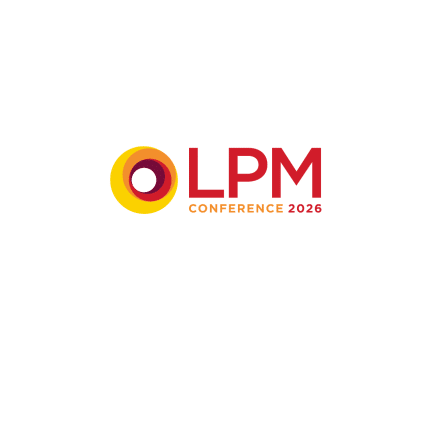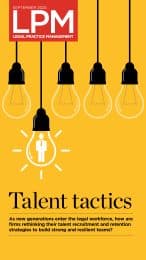
Consider your technical debt when driving digital transformation
Nick Hayne at Quiss unpacks the concept of technical debt, and common issues that law firms face when things get hectic and best practices slip through the cracks.
Digital transformation continues apace in the legal sector, driven by increasing customer expectations and the technological change required to stay ahead, or at least keep pace with more agile competitors.
Recognising that digital transformation is crucial for growth is important, but truly understanding the hidden issues and challenges that can surface without the right guidance can be challenging. This is no more apparent than when you consider technical debt.
Technical debt might sound like a financial term, but its roots are in software development. It describes the concept that necessary work gets ignored or sidelined during the development process to ensure a deliverable or deadline is met, often eschewing best practice along the way.
A few of the issues associated with technical debt in the context of growing law firms will include:
- Kicking the can down the road. Organisations of all sizes and complexity typically outgrow the capabilities of their legacy systems, but a focus on their core activities usually leads to extending and patching, rather than making the difficult decision to switch horses mid-race. This leads to time and money being wasted when it could and maybe should have been invested in finding a more appropriate replacement.
- Acquisitions bringing more problems. Organisations that acquire new businesses tend to retain the legacy systems that have served each business well and ignore the opportunity to combine all the necessary capabilities and avoid the cost and effort required to support various non-complementary systems. While understandably a challenging process, merger or acquisition is an opportunity to rationalise your tech stack.
- Divide and conquer to minimise inefficiency. Considering the technical architecture within the business, it’s easy to invest in a system and then implement it badly, by not separating out business process functionality onto its own platform and leaving it in the wrong place. The wrong place will see it combined with other platforms that require regular re-imagining to keep them competitive, like a firm’s website for instance.
It won’t be easy but try
There is no single solution that will address all these issues, and the solution to each is typically something different and heavily reliant on the technology involved. The key to finding the right solution is first recognising the problems and then recruiting the necessary expertise to overcome the challenge. The recruit can be permanent for major projects or outsourced for the mainstream.
As a manged IT service provider, we would argue we have the knowledge and the experience to offer the guidance you need, if you understand the problems you face. If you see no problems within your firm as it grows, merges, acquires and mashes together legacy technologies and systems to keep the lights on as you go about your daily activity, then we might not be the help you need.



